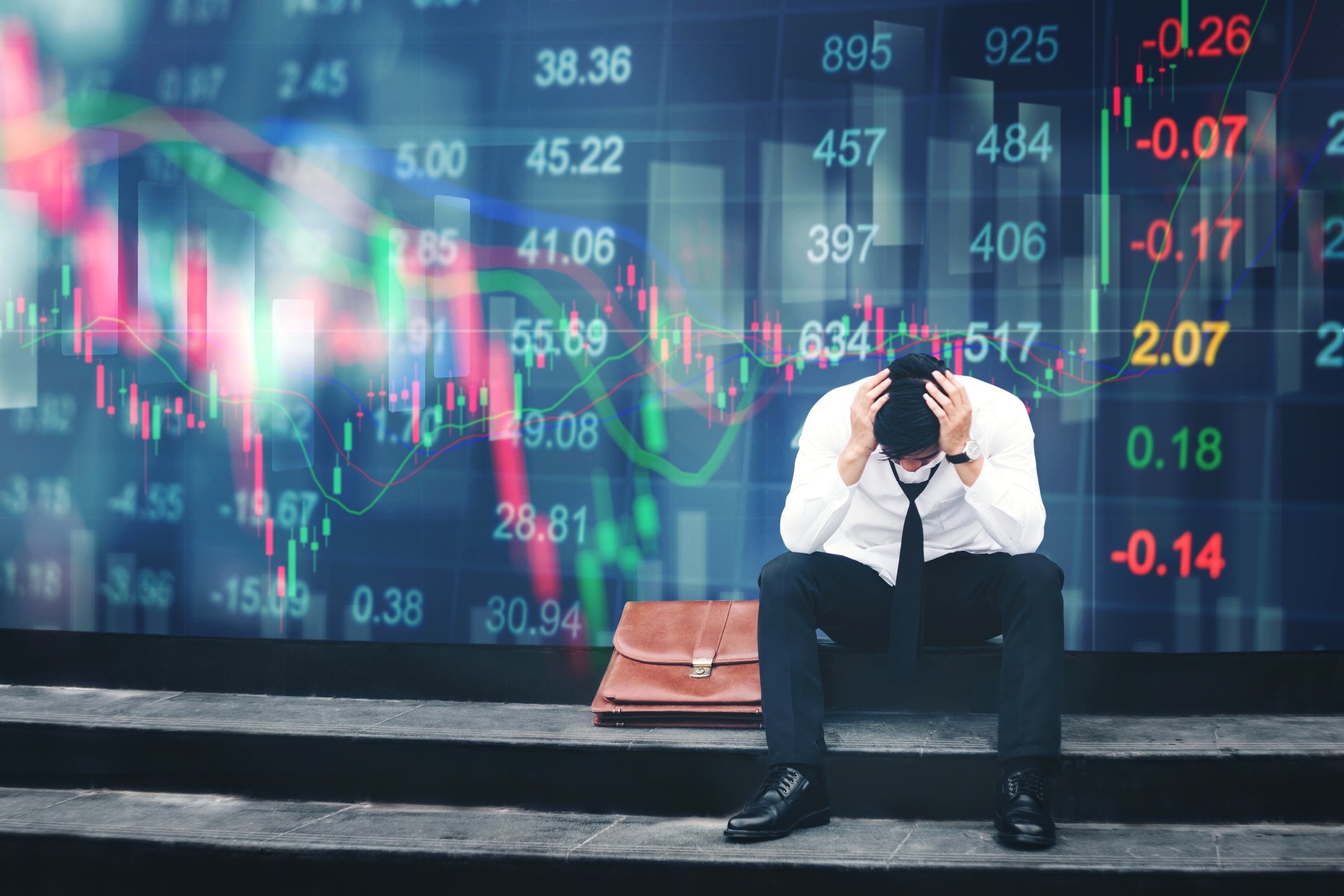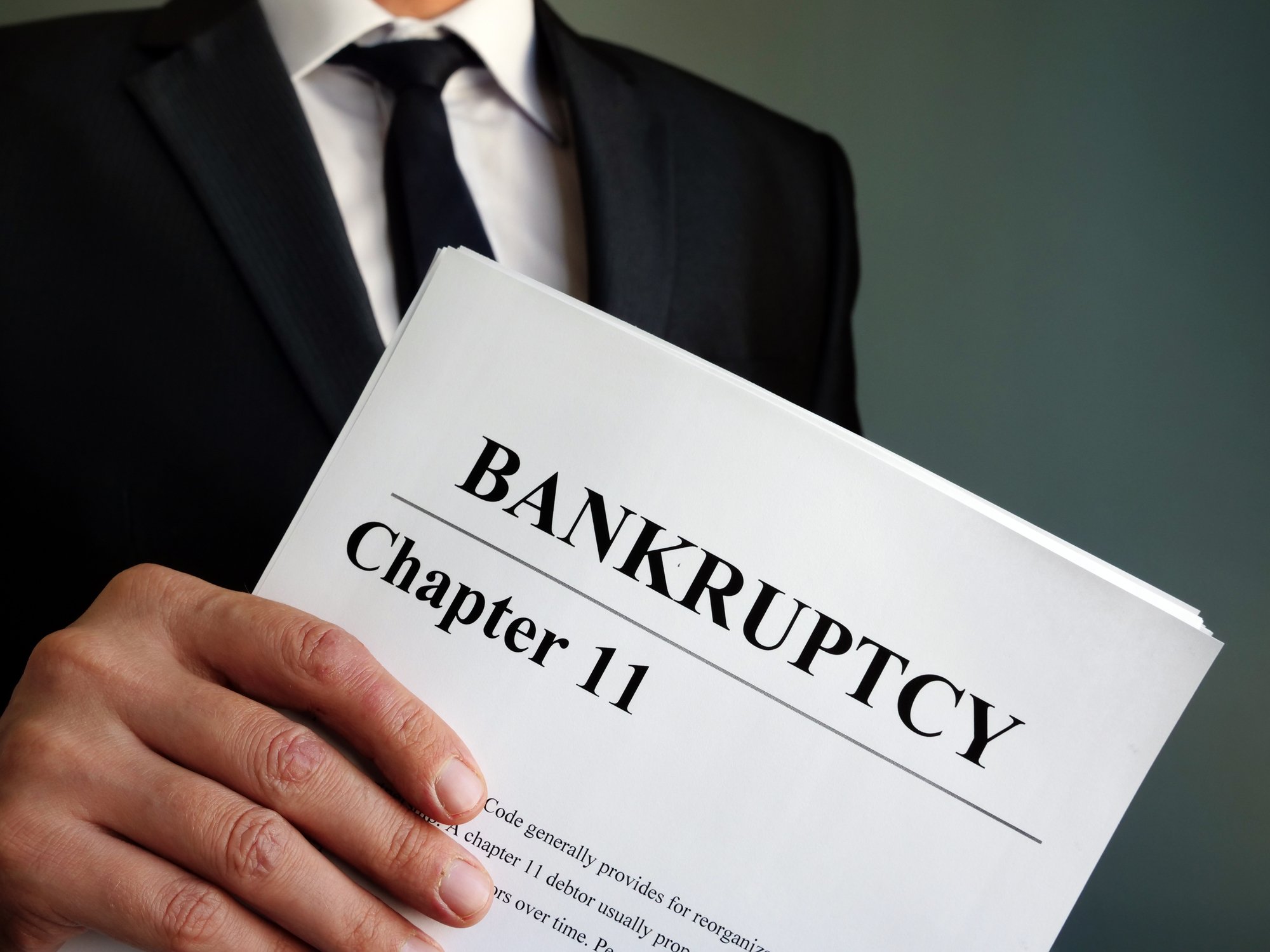"Do you know the only thing that gives me pleasure? It's to see my dividend coming in." – John D. Rockefeller
I'm a big fan of dividends. While I'm not on John D. Rockefeller's level in my fondness for those quarterly payouts, it's still great to get paid for someone else's hard work. That said, there are some dividends that just shouldn't happen and in my opinion Chesapeake Energy (CHK +0.00%) shouldn't be paying one.
By now we all know the Chesapeake story. It has spent the past few years investing well over its cash flow in order to grow its position and production. That left the company with a nice pile of debt and while Chesapeake had assets going out the door just to make ends meet. It was an unsustainable model that cost co-founder and former CEO Aubrey McClendon his job. Despite the growth-induced cash crunch, Chesapeake continued to pay its investors a token dividend each quarter.
If its investment opportunities were so great (and in hindsight that's clearly debatable) why fork over much-needed cash to investors when that money could have been reinvested to grow the business? Further, why pile on debt or sell assets when there was extra cash available? The following slide shows just how how much Chesapeake was overspending its cash flow.

Source: Chesapeake Energy Investor Presentation
Again, with capital needs that high, paying a dividend should be the last thing the company is doing. While I can understand that the dividend might have been intended to appease investors, that didn't really work given the subsequent investor revolt that forced out McClendon.
With those free-spending days behind it, and capital efficiency the name of the game, it's odd to see the company continue paying a dividend. That's why I'm still wondering why this past week Chesapeake declared the next dividend on its common stock. As it has for the past 10 quarters, the company is paying its investors $0.875 per share. With 665 million shares outstanding, that's roughly $58 million per quarter that shouldn't be going out the door.
While a few hundred million dollars extra per year is a rounding error for a company that's spending $7 billion on capital expenditures in 2013, it's still a lot of money. It could have been used to pay down debt, buy back depressed stock, or even fund additional wells. It just doesn't make sense to me that Chesapeake is paying a dividend when it can't generate enough cash to prudently grow its business.
We can blame low natural gas prices for Chesapeake's issues. However, some of its peers were better able to navigate those issues. A great example of a company that has it right is Cabot Oil & Gas (COG +1.06%). By focusing on drilling its best acres, Cabot has been able to drive its costs down so that it's producing great cash flow now. It doubled its dividend in August (OK, it's just 2 cents a share now, but it's still double). That dividend now costs the company $34 million. However, looking ahead to next year it should have excess cash flow of $278 million available after funding its capital program. That opens the door for Cabot to accelerate its growth or boost its dividend even more.
Range Resources (RRC +0.27%) is another natural gas focused company that has done a better job than Chesapeake. While its token dividend is nothing to write home about, it is more likely to grow than be eliminated. Range has a strong, simple balance sheet that's very manageable. Further, the company is now at the point where cash flow growth is expected to outpace production growth. That means its growth is really hitting the bottom line, and that the company should start to think about rewarding its investors by increasing its dividend.
Chesapeake, though, should mothball its dividend until it can join Range and Cabot in producing cash flow above its capital spending. It's an expense that is not rewarding investors, and while minor in the grand scheme of things is still a drag. Investors are better off letting Chesapeake keep its cash and choosing another stock for dividend income.
These Rock-Solid Dividends are Built to Last








